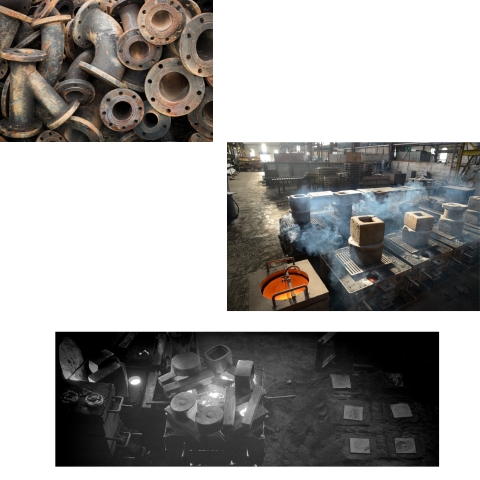Exploring the Diverse Types of Cast Iron: A Comprehensive Guide
-
Posted by
jaidi

01
Dec
Cast iron, a widely used material in various industries and household applications, is known for its durability, heat retention, and versatility. There are several types of cast iron, each with distinct properties, making them suitable for different purposes. Understanding these variations helps in selecting the right type for specific applications.
- Gray Cast Iron: Gray cast iron is the most common type and is easily identifiable by its gray color. It contains graphite flakes, which give it its characteristic appearance. This type of cast iron has excellent damping properties, making it ideal for applications such as engine blocks, machine bases, and brake rotors.
- White Cast Iron: White cast iron is harder and more brittle than gray cast iron due to the absence of graphite. Its name comes from the white fractured surface it exhibits when broken. This type of cast iron is suitable for wear-resistant applications like grinding balls and liners for grinding mills.
- Ductile Cast Iron: Also known as nodular or spheroidal graphite cast iron, ductile cast iron contains graphite in the form of nodules, providing it with greater ductility and toughness compared to other types. Its versatility makes it suitable for applications requiring high strength, such as crankshafts, gears, and hydraulic components.
- Malleable Cast Iron: Malleable cast iron is created by heat-treating white cast iron or by annealing gray cast iron, resulting in a structure with a mix of ferrite and pearlite. This type is easily machinable and has good shock resistance, making it suitable for components like small gears and hand tools.
- Alloy Cast Iron: Alloy cast iron includes various alloying elements like chromium, nickel, molybdenum, or copper added to improve specific properties such as corrosion resistance, strength, or wear resistance. This type finds applications in industries such as automotive, aerospace, and manufacturing.
- Compacted Graphite Iron (CGI): CGI is a newer type of cast iron with a microstructure between gray and ductile iron, offering improved strength and thermal conductivity. It is utilized in applications demanding higher strength-to-weight ratios, like cylinder blocks in high-performance engines.
Understanding the diverse types of cast iron enables engineers, manufacturers, and consumers to make informed decisions about selecting the most suitable material for a particular application, considering factors like strength, wear resistance, machinability, and cost-effectiveness.
For more information visit here Machinedcasting.

